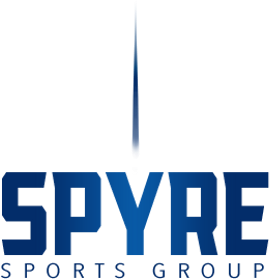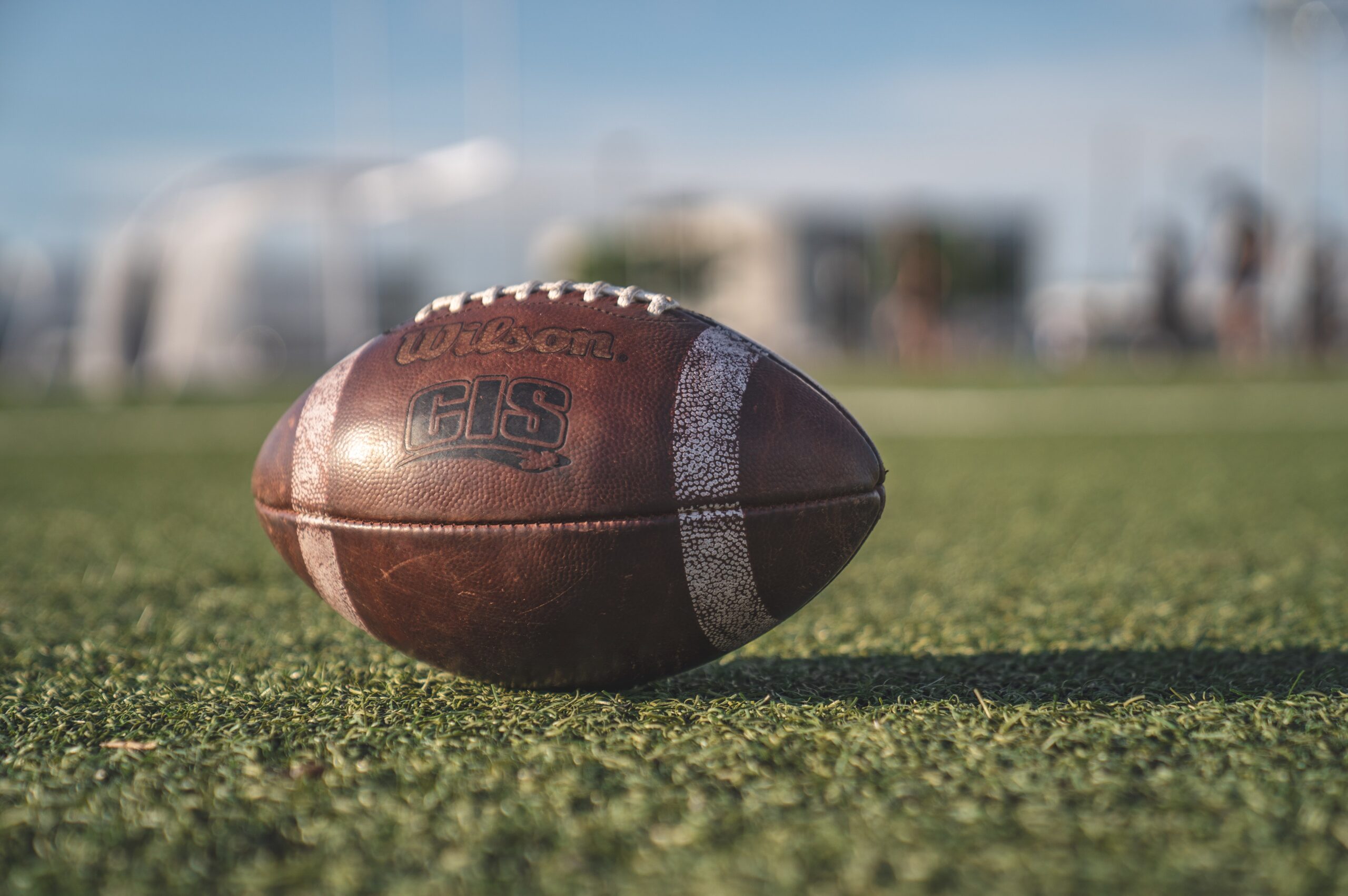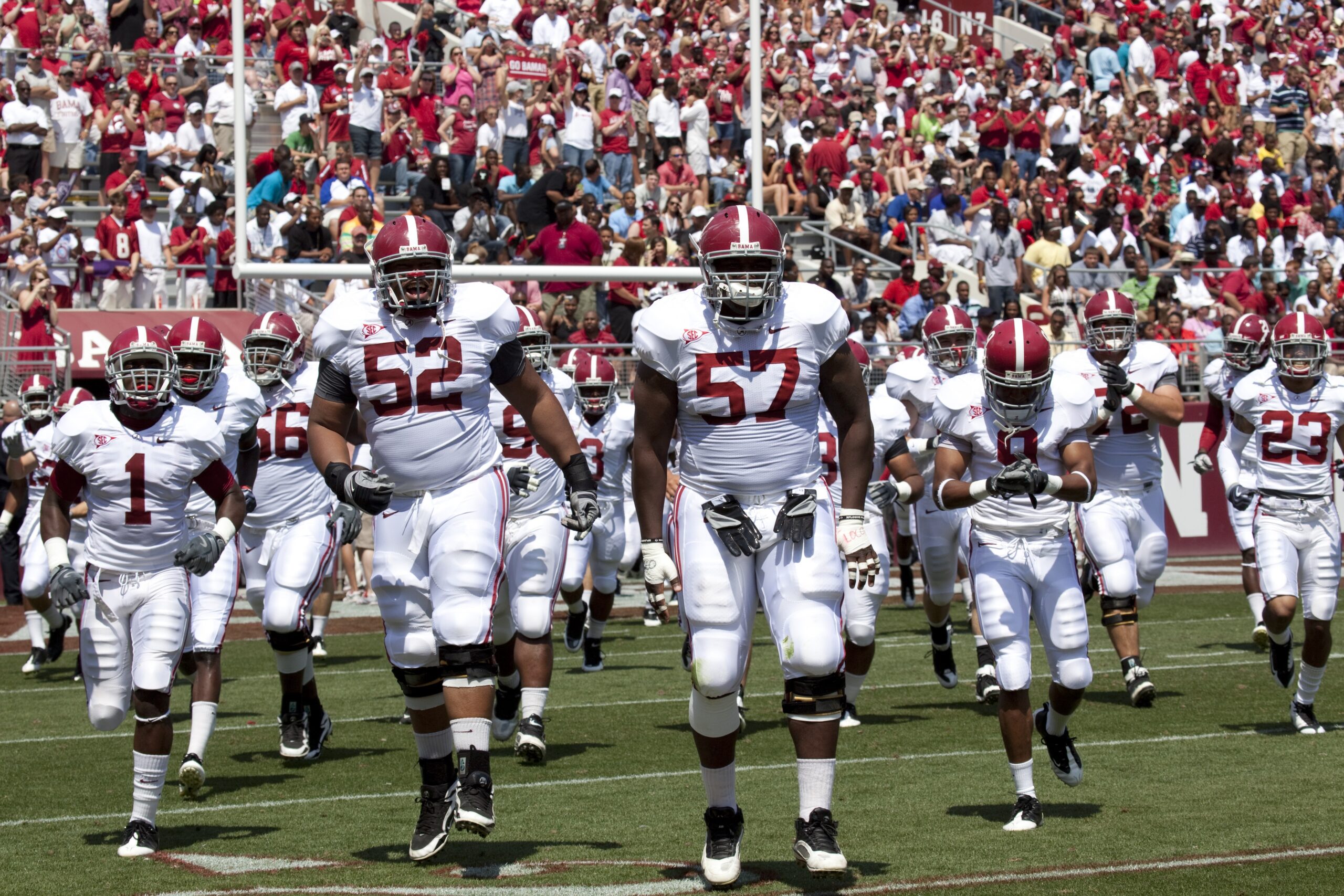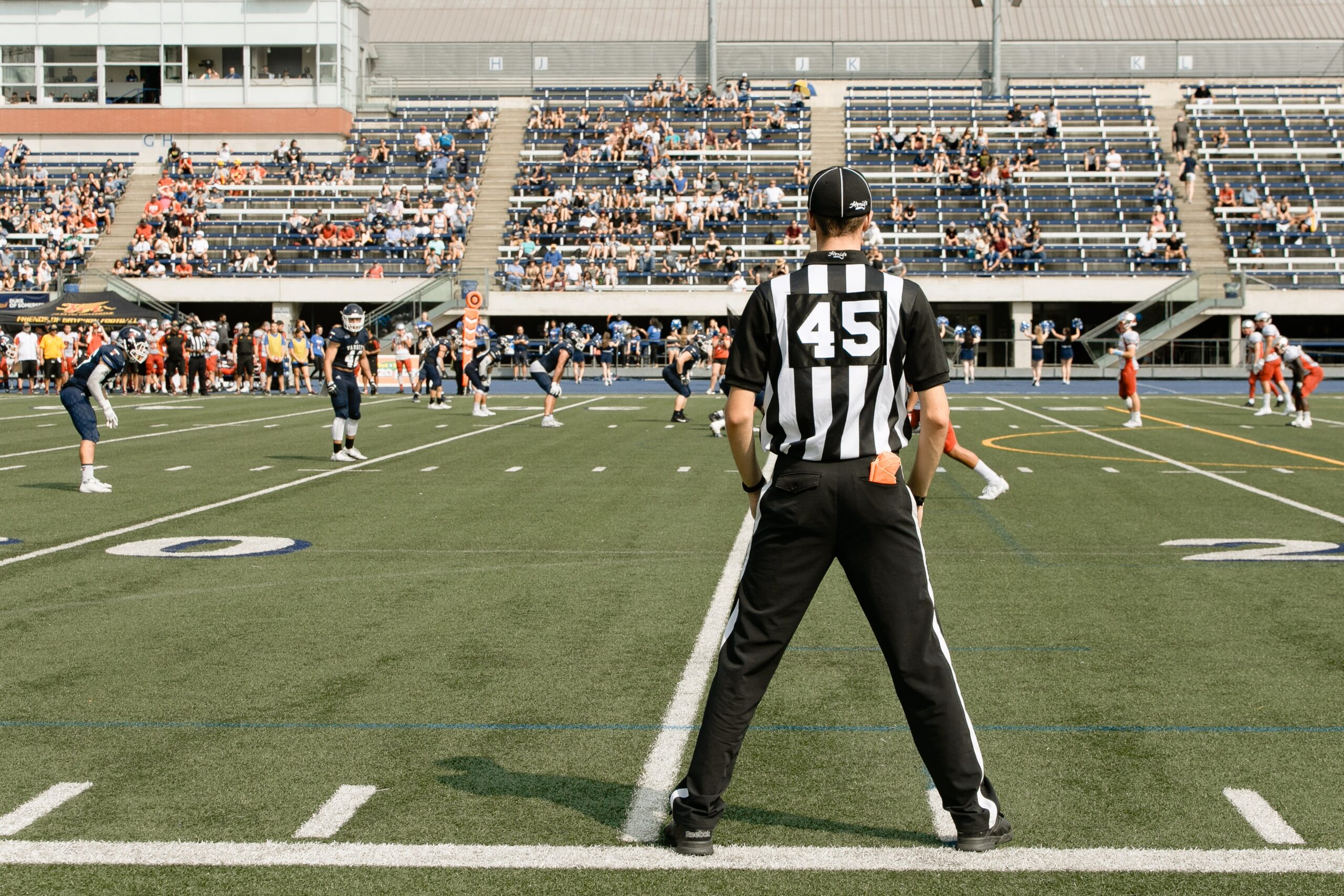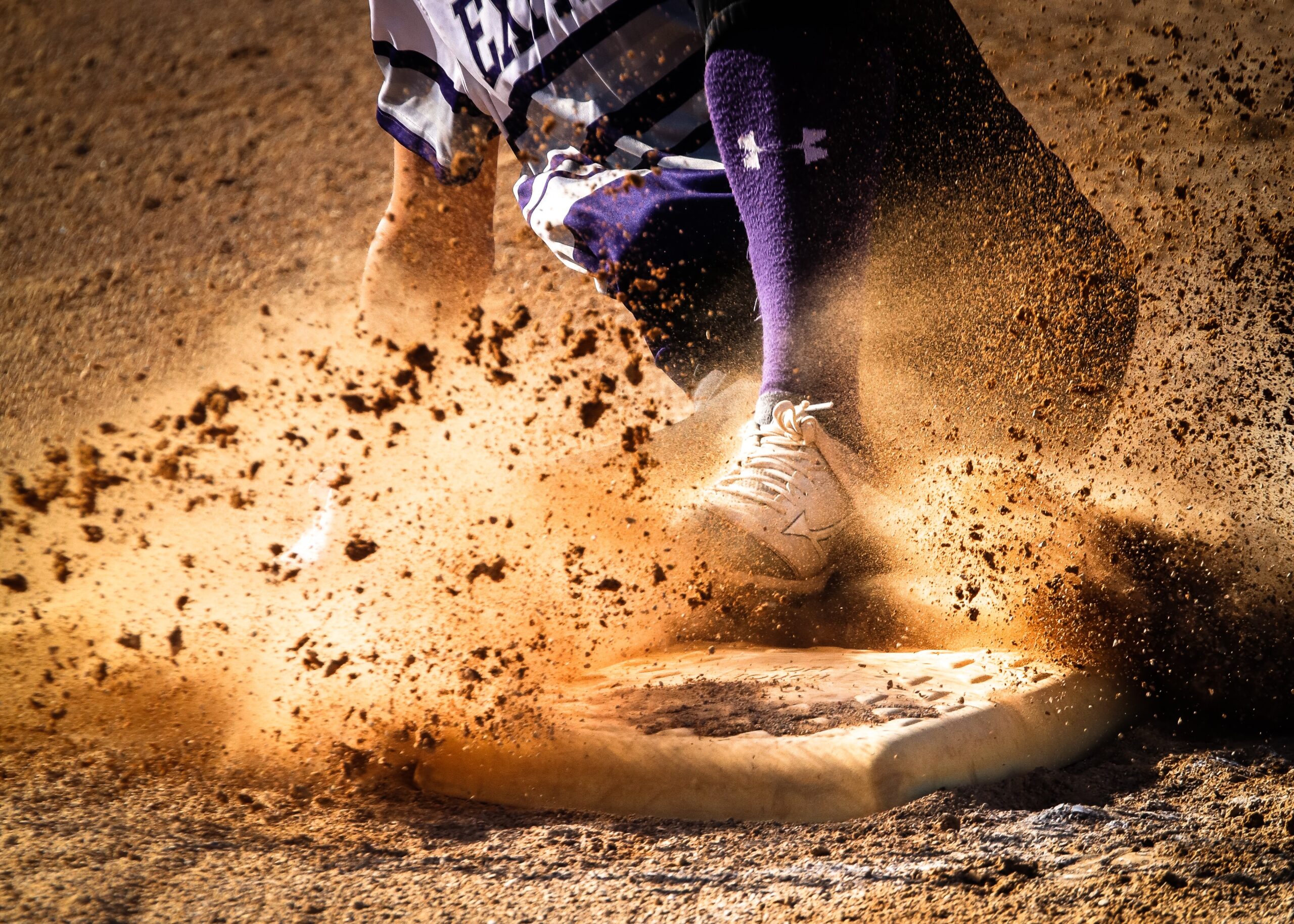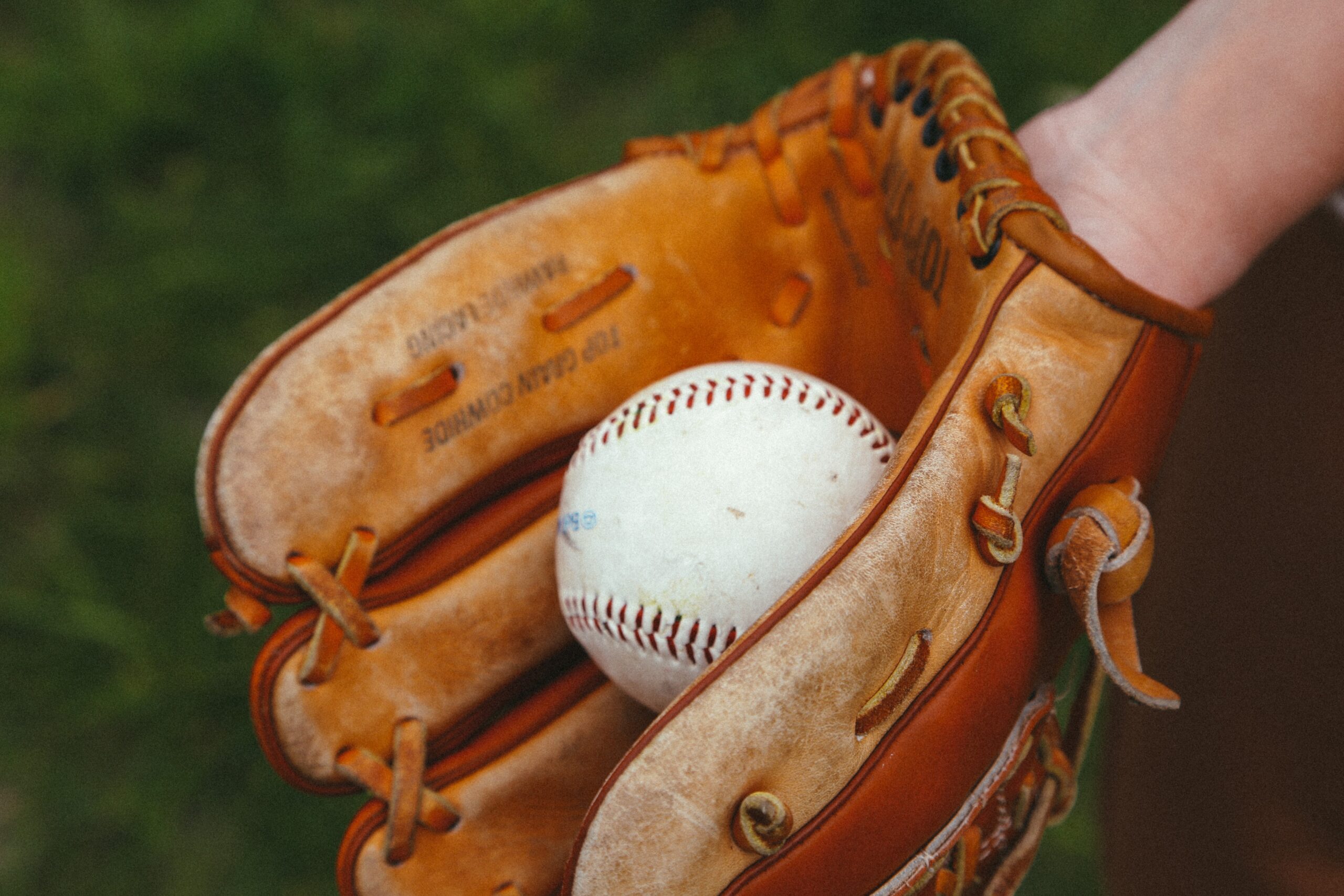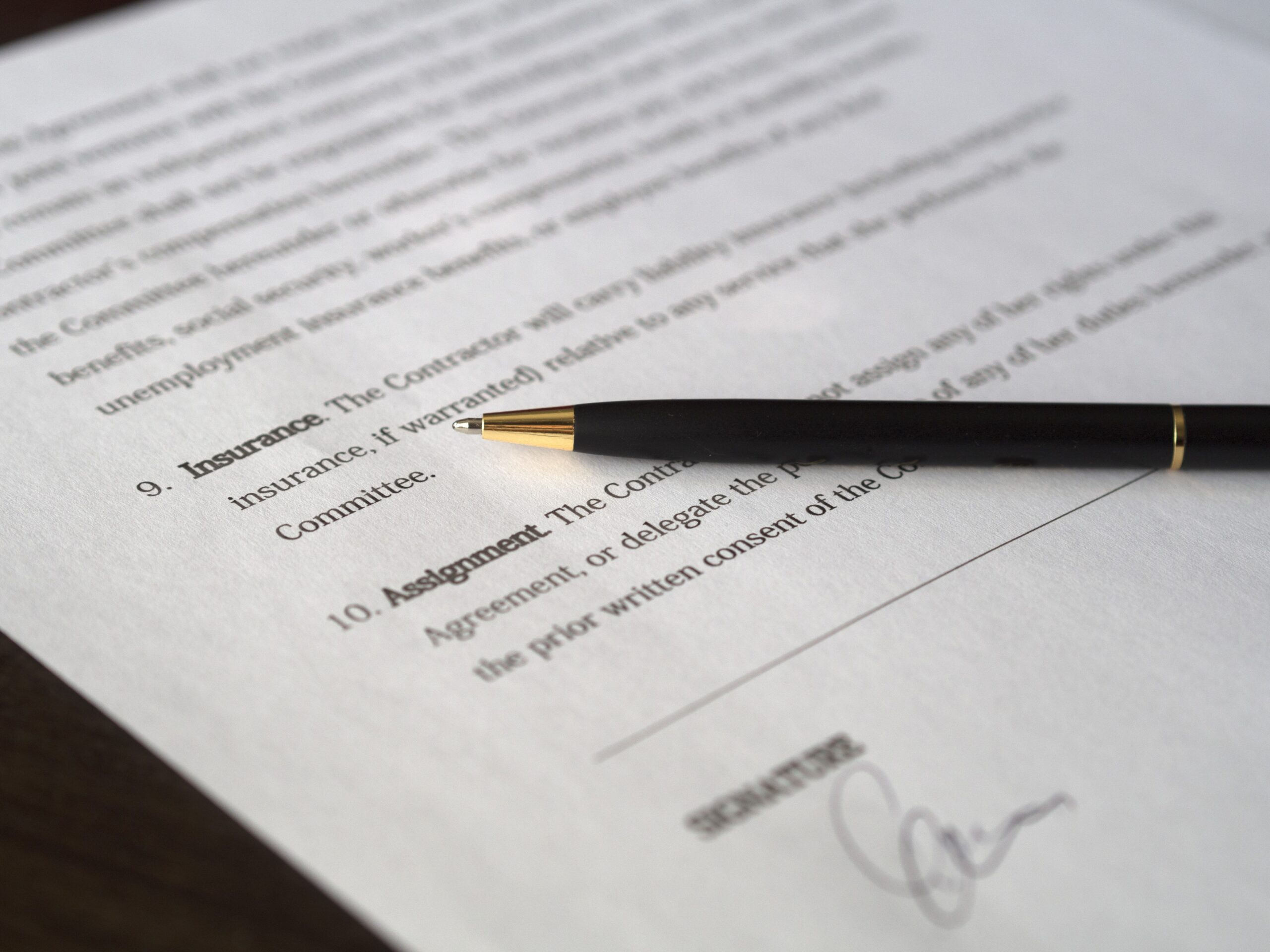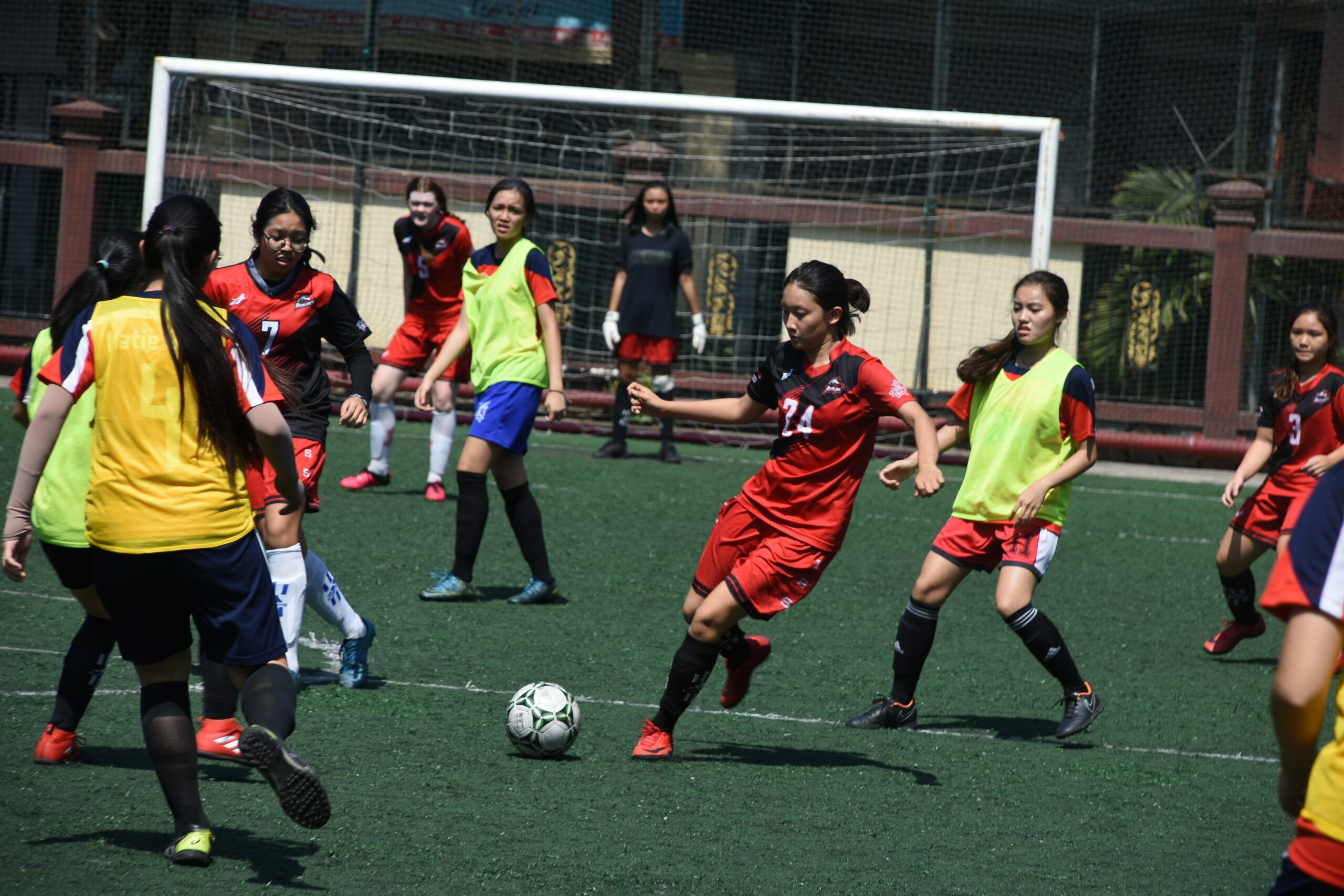Name, image, and likeness rules for college athletes have been the center of conversation (and heated debates) for decades. More specifically, what are the rights of student-athletes to profit from the use of their name, image, and likeness in promotional scenarios – for example, signing on with an agent, endorsement deals, and paid autograph signings
For generations, the answer has been the same. Student-athletes, according to the National College Athletics Association (NCAA), could not profit from the use of their name, image, and likeness. In recent years, however, that has changed drastically, as state legislatures have taken it upon themselves to empower college athletes with the ability to profit from their name, image, and likeness.
So, how (and why) have the tides shifted so drastically, when it comes to name, image, and likeness rules? What are the current name, image, and likeness rules in the eyes of the NCAA? And what can we expect in future?
Those are the exact questions we’re going to answer in this article, along with examples to provide context. Although NIL rules are a moving target at the moment, players, brands with college athletic aspirations, and fans alike should know what’s true today.
NCAA’s historical commitment to amateurism
Since its founding, the NCAA has committed itself ensuring the “well-being and lifelong success of college athletes.” As a means to fulfill this mission, one of the core principles held sacred by the NCAA is the idea of amateurism.
Amateurism in the context of the NCAA’s view of college athletics is that there is a distinct line between professional athletes and college athletes, and it is a line that must be held to an immovable standard.
That’s why, in the early 1950s, the first NCAA Executive Director, Walter Byers, introduced the term “student athlete” into the lexicon of college sports, with the idea behind it being to emphasize that college athletes are students first, not athletes.
In short, the NCAA has always held that student athletes should play for the love of the game. They are not employees of a college, the way a pro athlete is an “employee” of a sports team or league. As such, they should not be compensated in any way, runs counter in every way possible to the spirit of college athletics.
That includes compensation for their name, image, and likeness.
NIL rules according to NCAA bylaws
Interestingly enough, although the NCAA has released new guidance around NIL rules – we will cover those in detail in a later section, so hang tight! – the current bylaws in place technically still hold firm on student athletes not being able to profit from their name, image, and likeness:
12.1.2 Amateur status. An individual loses amateur status and thus shall not be eligible for intercollegiate competition in a particular sport if the individual:
- Uses athletics skill (directly or indirectly) for pay in any form in that sport;
- Accepts a promise of pay even if such pay is to be received following completion of intercollegiate athletics participation;
- Signs a contract or commitment of any kind to play professional athletics, regardless of its legal enforceability or any consideration received, except as permitted in Bylaw 12.2.5.1;
- Receives, directly or indirectly, a salary, reimbursement of expenses or any other form of financial assistance from a professional sports organization based on athletics skill or participation, except as permitted by NCAA rules and regulations;
- Competes on any professional athletics team per Bylaw 12.02.12, even if no pay or remuneration for expenses was received, except as permitted in Bylaw 12.2.3.2.1;
- After initial full-time collegiate enrollment, enters into a professional draft (see Bylaw 12.2.4); or
- Enters into an agreement with an agent.
Examples of NCAA NIL rule violations
The spectrum of use cases in which these NIL rules are applied (and enforced) by the NCAA is quite broad. To illustrate recent and historical application, there are two examples we are going to examine.
The first is the story of would-be Kentucky basketball player Enes Kanter, and the second is the now infamous tale of the Michigan “Fab Five” scandal.
Although the former underscores in many ways why so many advocate for the rights of compensation for student athletes, the latter points to an articulation of the worst fears of the NCAA should their rules and regulations be abandoned or disregarded entirely.
Enes Kanter, Kentucky
In 2011, the NCAA upheld a ruling that Kentucky freshman center Enes Kanter was permanently ineligible to play college sports, period, after receiving $33,000 in “impermissible benefits” from a professional Turkish club team a few years prior.
Despite repeated attempts to appeal the ruling by the school, the NCAA held firm. Though many were disappointed by the ruling, NCAA Vice President of Academic and Membership Affairs noted at the time:
“The final decision of the reinstatement committee is completely compatible with the collegiate model of sports our members have developed, since he received a significant amount of money, above his actual expenses, from a professional team prior to coming to college.”
Though Kanter was not able to participate in college athletics, that same year he was drafted into the NBA by the Utah Jazz. Through his career, he has played for the Oklahoma City Thunder, New York Knicks, Portland Trail Blazers and, most recently, the Boston Celtics.
Michigan’s “Fab Five”/Ed Martin scandal
Image credit: Associated Press
Upon their arrival in Ann Arbor, Michigan, in 1991, Jimmy King, Juwan Howard, Chris Webber, Jalen Rose, and Ray Jackson were thought of as the an unparalleled achievement in college sports recruiting – and they delivered on that expectation.
Even though they never won a championship, they electrified the world of college basketball with two back-to-back appearances in the national championship game in 1992 and 1993.
In 1994, following a car accident involving University of Michigan power forward and center Maurice Traylor, the “Fab Five” legacy was retroactively tarnished through the exposure of what is now known as the University of Michigan basketball scandal and “super booster” Eddie L. “Ed” Martin.
It was through the accident that Traylor, Webber, and other University of Michigan basketball players were discovered to have accepted hundreds of thousands of dollars collectively from Ed Martin. This was on top of other violations uncovered, which also included an alleged illegal gambling operation.
As a result, the University of Michigan self-imposed a number of penalties, with the most significant being:
- Vacating the entire 1992-1993 season, as well as games played in the 1995-1996 season, and 1998-1999.
- Banners for 1992 and 1993 Final Four runs, 1997 National Invitational Tournament (NIT), and 1998 Big Ten Tournament to be removed from the school’s Crisler Arena.
- No post-season play in 2002 and 2003.
- Returning $450,000 to the NCAA received between 1992 and 1998.
The NCAA accepted these self-imposed penalties and also imposed additional probationary and ineligibility periods, as well as other consequences. NCAA Infractions Committee Chairman Thomas Yeager said of the incident in 2003, “This is one of the three or four most egregious violations of N.C.A.A. bylaws in the history of the association.”
State legislatures have pushed the NIL conversation in recent years
Even with stories such as the University of Michigan basketball scandal highlighting how regulations around the compensation of college players are needed, the debate over how unfair these rules are has continued:
“I think college athletes should be paid because they’re being exploited. The NCAA makes a couple billion dollars each year and the people who actually do the work that enables them to make that money receive none of it. And that’s absolutely exploitation.”
On the other side of the conversation:
“Look; there’s no question that the current system is deeply exploitative and deeply problematic. I guess my baseline worry is many people – I think people in good faith – see the exploitation, and they say the answer is to pay these young athletes some amount of money while they’re playing football or basketball.
I look, and I say the answer is to make sure that these young men – and with the revenue generated in sports, it’s typically young men – that they get the thing that they were promised that was of value. That is to say they get a college degree that was of value.”
As a result of the debate, and high-profile cases such as Ed O’Bannon vs. the NCAA, state legislators moved to circumvent the strict NIL guidelines of the NCAA.
California led the charge with the Fair Pay to Pay Act
Under this legislation, student-athletes are free to enter into any endorsersement deals pertaining to their name, image, and likeness they see fit. In 2022, Governor Gavin Newsom said:
“California led the charge against the unjust power imbalance in college sports, launching a national movement and spurring long-overdue changes in this multibillion-dollar enterprise. I’m proud to build on our leadership with today’s legislation to expand and protect our college athletes’ rights to reap the rewards from their sacrifices and success.”
Soon after, other state legislatures took similar actions
Alabama, Connecticut, Florida, Georgia, Illinois, Kentucky, Mississippi, New Mexico, Ohio, Oregon, Pennsylvania, Tennessee, and Texas followed in the footsteps of California, although with some variations in certain states.
For example, unlike California, Texas’ new NIL laws place restrictions on the types of endorsement deals a student-athlete may strike up, with prohibitions in this area including cigarette, alcohol, gambling, and other similarly vice-affiliated brands.
Currently, many other states around the country are also crafting and amending laws pertaining to NIL compensation rights for college players.
The NCAA responded to new state laws with an interim policy
Prior to these new state NIL laws, the NCAA policy was the “law of the land,” in a manner of speaking. Since they’ve come into play, however, the NCAA’s authority to establish and enforce policies around NIL and pay-to-play has been eroded.
So, in 2021, the NCAA released an interim NIL policy to be used in conjunction with the current bylaws.
At a high-level, the guidelines as a whole direct student-athletes to follow the laws established by their state. In the absence of any NIL-specific legislation, student-athletes must abide by current NCAA NIL-related bylaws to achieve and/or maintain eligibility, as well as avoid other penalties.
At the time of the release of that policy, NCAA President Mark Emmert said:
“This is an important day for college athletes since they all are now able to take advantage of name, image and likeness opportunities. With the variety of state laws adopted across the country, we will continue to work with Congress to develop a solution that will provide clarity on a national level. The current environment — both legal and legislative — prevents us from providing a more permanent solution and the level of detail student-athletes deserve.”
The future of NCAA NIL rules
As evidenced by Emert’s 2021 comments, the NCAA is making no secret of the fact it intends to pursue legislative “clarity” at the national level through Congress.
Additionally, a few states that made sweeping legislative changes in favor of college athletes receiving compensation for name, image, and likeness are now pursuing amendments to roll back those laws (in part or in full). For instance, the state of Alabama fully repealed its NIL law in early 2022.
Needless to say, the conversation around NIL rules and enforcement in college athletics is one very much still in motion, both at the NCAA and state legislature level.
